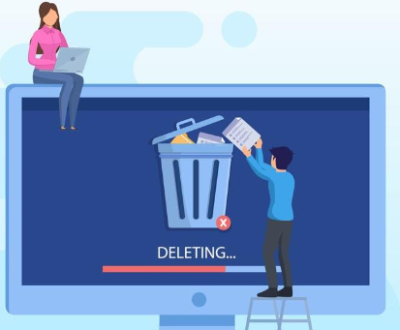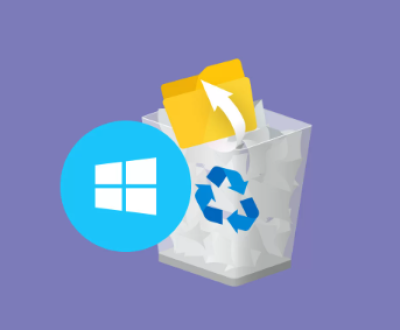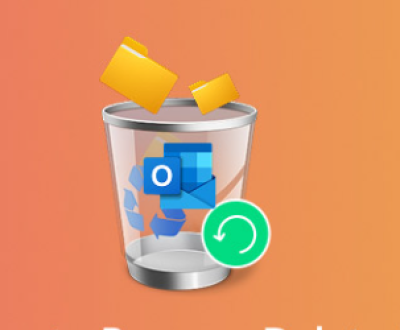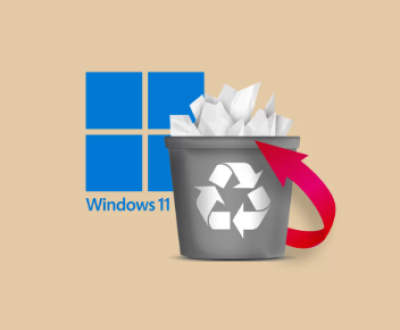When working with Windows Server 2022. you may notice a mysterious recovery partition sitting at the edge of your drive layout. For most administrators, it’s a minor curiosity. For others especially those dealing with limited disk space or performing advanced configurations it’s a potential problem.
The recovery partition in Windows Server 2022 is created during OS installation and contains essential files for system repair and recovery. This includes tools like Windows RE (Recovery Environment) and system reset options. However, in server environments where backups are handled externally (e.g., with Veeam, Acronis, or custom scripts), this partition can be seen as redundant. Removing it can free up valuable space or simplify disk layout management, especially before cloning, resizing, or imaging disks.

Let’s begin by demystifying what the recovery partition is and why it exists.
What Is the Recovery Partition in Windows Server 2022?
The recovery partition is a hidden portion of your disk that includes files necessary for troubleshooting and repairing the server if the system becomes unbootable. It is typically created during OS installation or upgrade and contains:
Windows RE (Recovery Environment) tools
System image recovery utilities
Startup Repair
Command Prompt access
Reset and refresh options (rarely used on servers)
In Disk Management, it’s often shown as a small partition labeled “Recovery Partition” without a drive letter. It may range in size from 500 MB to several GB, depending on the system.
Should You Delete the Recovery Partition?
Before proceeding, you need to weigh the pros and cons of removing this partition.
Pros:
Frees up disk space (useful for SSDs or VM templates).
Simplifies disk layout for imaging or cloning.
Prepares disk for repartitioning or extending the system partition.
Cons:
You lose built-in recovery tools (e.g., Windows RE).
Can complicate recovery from boot failures.
May affect future updates or system repairs.
If your server uses centralized backup solutions or you have alternative recovery media prepared, removing the recovery partition is generally safe for experienced administrators.
How to Identify the Recovery Partition
Before deleting anything, it’s crucial to identify the correct partition. Here’s how:
Using Disk Management:
Open Server Manager.
Click on Tools > Computer Management > Disk Management.
Look for a partition labeled “Recovery Partition” without a drive letter. It’s usually at the end of the disk and around 500 MB to 1 GB.
Using Command Line (DiskPart):
Open Command Prompt as Administrator.
Type diskpart and press Enter.
Type list disk to view available disks.
Type select disk X (replace X with your disk number).
Type list partition to see all partitions.
Look for a partition that matches the size and location of the recovery partition—usually labeled as “Recovery” or without any label.
Using PowerShell:
powershell
复制编辑
Get-Partition | Where-Object {$_.GptType -eq ‘DE94BBA4-06D1-4D40-A16A-BFD50179D6AC’}
This command filters for partitions using the specific GUID associated with Windows Recovery partitions.
Step-by-Step Guide to Deleting the Recovery Partition
Once you’ve confirmed the partition and made peace with the risks, you can delete it safely using DiskPart or PowerShell.
Step 1: Backup Your Server
Before any partition work, take a full system backup or VM snapshot. This cannot be overstated—if anything goes wrong, you need a recovery path.
Step 2: Disable Windows RE (Optional but Recommended)
If you plan to remove the recovery partition permanently, disable Windows Recovery Environment first.
Open PowerShell as Administrator and run:
powershell
reagentc /disable
This detaches Windows RE from the partition, allowing it to be deleted.
You can confirm it was disabled with:
powershell
reagentc /info
It should say Windows RE status: Disabled.
Step 3: Delete the Partition Using DiskPart
Open Command Prompt as Administrator.
Type diskpart.
Run the following:
cmd
list disk select disk X list partition select partition Y delete partition override
Replace X with the disk number and Y with the partition number of the recovery partition.
Note: override is required because recovery partitions are protected.
Alternative Step 3: Use PowerShell
You can also remove it via PowerShell:
powershell
Get-Partition -DiskNumber 0 | Where-Object {$_.GptType -eq ‘DE94BBA4-06D1-4D40-A16A-BFD50179D6AC’} | Remove-Partition -Confirm:$false
Adjust DiskNumber as needed. This will automatically remove the recovery partition without confirmation prompts.
Step 4: Extend the System Partition (Optional)
After deleting the recovery partition, you may want to merge that free space back into your main partition.
Using Disk Management:
Right-click on the system partition (usually C:).
Click Extend Volume.
Follow the wizard to add the unallocated space.
Using DiskPart:
cmd
select disk X select partition Y (your system partition) extend
Using PowerShell:
powershell
Resize-Partition -DriveLetter C -Size (Get-PartitionSupportedSize -DriveLetter C).SizeMax
Step 5: Re-Enable Windows RE (Optional)
If needed, you can manually assign a new recovery location or re-enable Windows RE from a different partition.
powershell
reagentc /enable
If you need to set a custom location:
powershell
reagentc /setreimage /path C:\Recovery\WindowsRE
Make sure the new location contains a valid Winre.wim file.
Troubleshooting and Common Issues
Can’t Delete Recovery Partition:
Ensure reagentc /disable has been run.
Run diskpart as Administrator.
Use override keyword in DiskPart.
System Won’t Boot After Deletion:
Boot from Windows Server 2022 installation media.
Use Startup Repair or open Command Prompt > bootrec /fixmbr and bootrec /fixboot.
Restore from backup if repair fails.
Updates Fail After Deleting Recovery Partition:
Some updates rely on Windows RE.
You can recreate a recovery partition or manually configure Windows RE to point elsewhere.
Best Practices for Managing Recovery Partitions in Server Environments
Always document changes to partitions in server change logs.
Use scripts for repeatable partition management across virtual machines or templates.
Integrate with external backup solutions to avoid dependency on Windows RE.
Maintain bootable recovery media for emergencies (USB or ISO).
Monitor disk space usage regularly, especially in environments with tight storage limits.
Alternative Strategy: Move Instead of Delete
Instead of deleting the recovery partition, consider moving it to another disk or volume. This way, you retain recovery capabilities without occupying precious space on your main drive.
Use DISM or copy the Winre.wim file to another partition.
Use reagentc to point Windows RE to the new location.
Disable and re-enable RE to refresh its settings.
Frequently Asked Questions (FAQs)
Is it safe to delete the recovery partition on Windows Server 2022?
Yes, if you have alternate recovery solutions in place. But always back up first.
Will deleting the recovery partition affect server performance?
No, recovery partitions are passive unless actively used during recovery.
Can I recreate a recovery partition later?
Yes. Use reagentc to set up a new one or reinstall Windows RE manually.
What if the recovery partition is in the middle of the disk?
You may need third-party partitioning tools like GParted or AOMEI to safely manage partition layouts in complex cases.
Do virtual machines need recovery partitions?
Not usually, especially if you’re using snapshots and backup systems like Veeam or Azure Backup.
About us and this blog
Panda Assistant is built on the latest data recovery algorithms, ensuring that no file is too damaged, too lost, or too corrupted to be recovered.
Request a free quote
We believe that data recovery shouldn’t be a daunting task. That’s why we’ve designed Panda Assistant to be as easy to use as it is powerful. With a few clicks, you can initiate a scan, preview recoverable files, and restore your data all within a matter of minutes.

 Try lt Free
Try lt Free Recovery success rate of up to
Recovery success rate of up to









